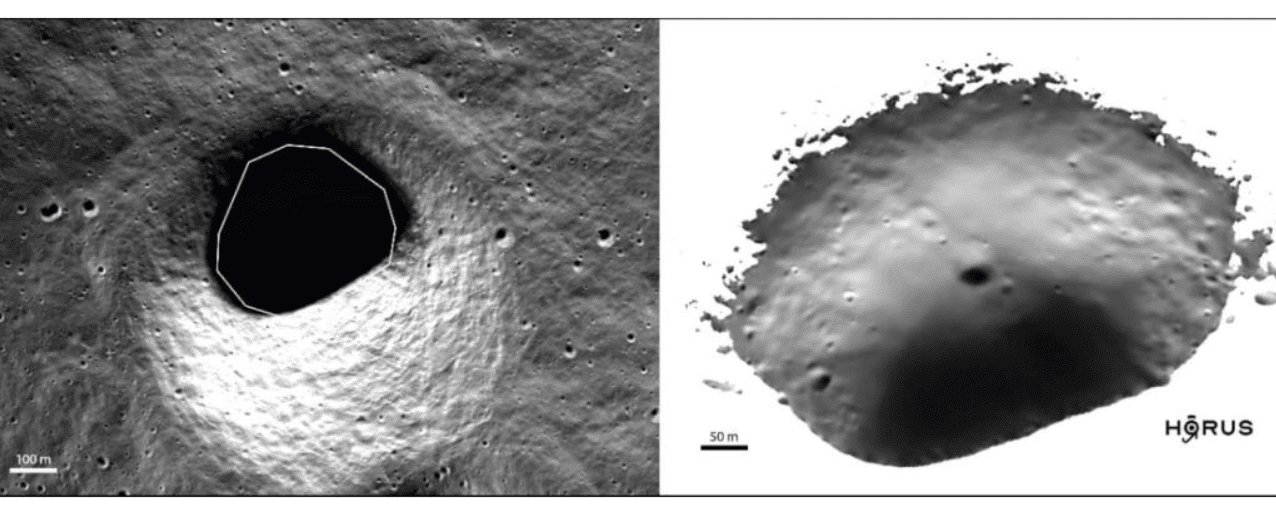Curious about the Moon’s dark side? Well, you might be surprised to find out that our lunar neighbor has only shadows. And it gets better!
There are some ‘pockets’ on the Moon’s polar region that are never touched by any rays, with some tall walls that protect the crater floor from extreme solar radiation. How did scientists come across such information?
Here is what you need to know.
The Dark Side of the Moon Exposed
Moon doesn’t have a dark side, but it possesses some ‘pockets-like’ areas!
Scientists think their fascinating things may hide in those enigmatic holes, which sustain frigid temperatures of about -260 degrees Fahrenheit (-163 degrees Celsius). One of those holes, though, seems to have caught scientists’ attention because it contains water ice in several meters thick patches.
Study insights
Since NASA wants to send people to our lunar neighbor in 2024, we probably won’t know for sure what the deal is with those Moon holes until then. Luckily, researchers have developed a method to brighten those shadowy areas for a sneak peek.
What could really be up there?
According to Valentin Bickel, a glaciologist of ETH Zurich in Switzerland, who led the research, it looks like we will have to search for ice in that Moon ‘pocket.’
So, the team of researchers used HORUS (Hyper-effective nOise Removal U-net Software), a machine learning algorithm that can remove noise from LRO data and expose what’s hiding in the Moon’s shadows. Quite impressive!
Take a look below at HORUS’ work:

The scientific work includes 44 permanently shadowed areas of more than 130 feet (40 meters) in the Artemis exploration site. According to researchers, the resolution of meter-scale traits in new data will help future lunar missions.
We detect an approximately 50-meter-wide crater and other surface features in a shadowed region that may alter the location where the Intuitive Machines’ hopper touches down later this year, Bickel says.
The findings may be used to choose the 13 prospective landing areas that will produce the most refined scientific data and to comprehend the dark and permanently empty regions that make up one of the Moon’s most enigmatic frontiers.












Leave a Reply